Showing 1–48 of 564 resultsSorted by popularity
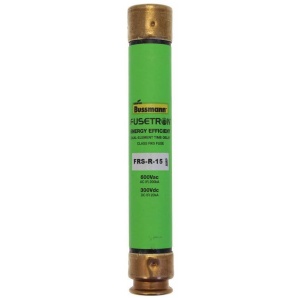



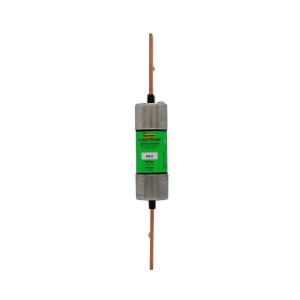
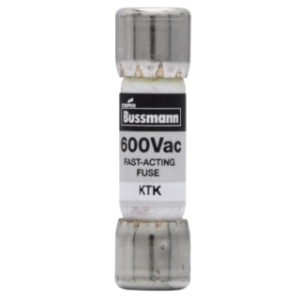
BUSS KTK-7 600V MIDGET FUSE


BUSS JKS-40 600V CLASS J FUSE
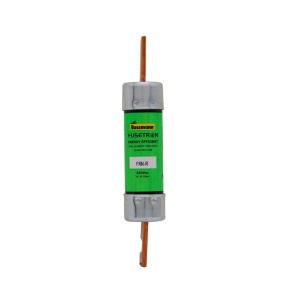



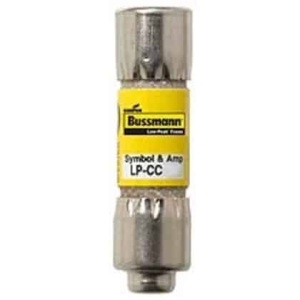
BUSS LP-CC-1-1/2 LOW-PEAK CCTD FUSE

BUSS KTK-15 600V MIDGET FUSE
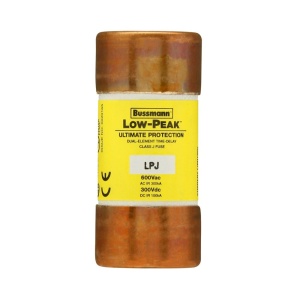
BUSS LPJ-60SP 600V J TD FUSE



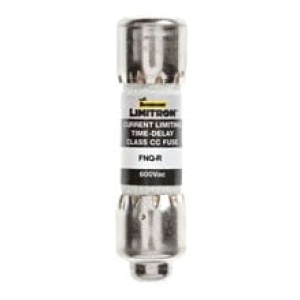
BUSS FNQ-R-1/2 600V MIDGET TD FUSE

BUSS FNM-1-6/10 250V MIDGET TD FUSE



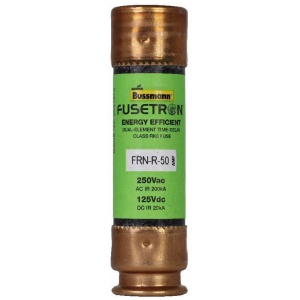
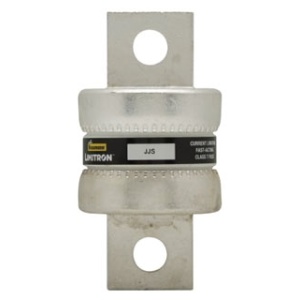
BUSS JJS-500 600V CLASS T FUSE
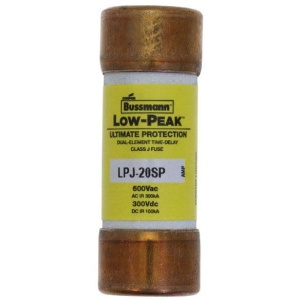
BUSS LPJ-20SP 600V J TD FUSE
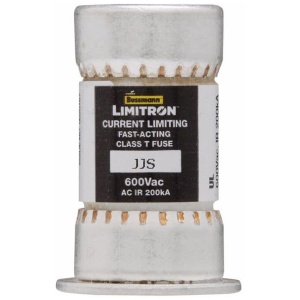
BUSS JJS-40 600V CLASS T FUSE

BUSS JJN-150 300V CLASS T FUSE

BUSS FNQ-R-3 600V MIDGET TD FUSE


BUSS FNM-1/2 250V MIDGET TD FUSE

BUSS FNQ-R-1/4 600V MIDGET TD FUSE
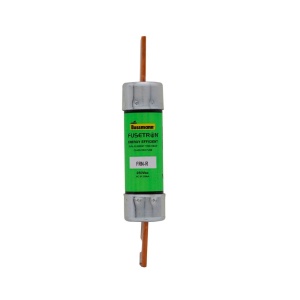

BUSS KTK-R-20 600V MIDGET FUSE



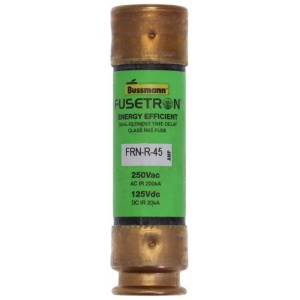


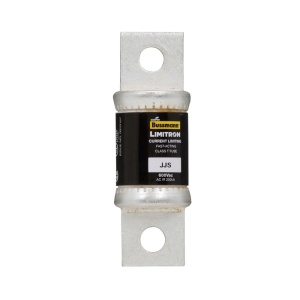
BUSS JJS-200 600V CLASS T FUSE

BUSS KLM-10 600V FST ACTG FUSE

BUSS KLM-30 600V FST ACTG FUSE

BUSS JJN-1200
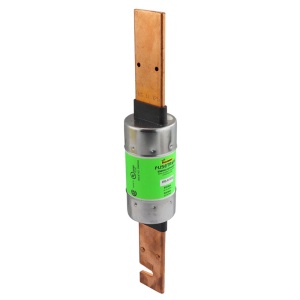
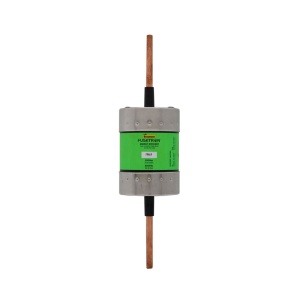
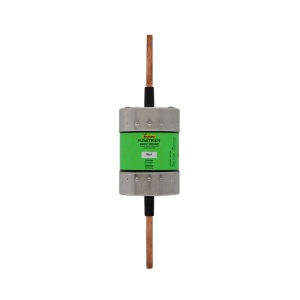
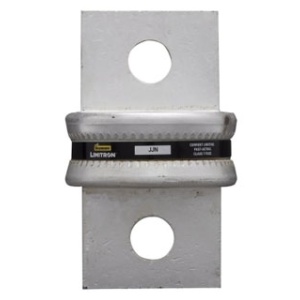
BUSS JJN-1000 300V CLASS T FUSE
Showing 1–48 of 564 resultsSorted by popularity
LiveWire Electrical Supply is your trusted source for hard-to-find electrical supplies, offering a wide selection of circuit breakers, fuses, safety switches, and industrial control products—all ready to ship the same day. With real-time stock and price checks, you can easily find what you need at competitive prices, whether for residential, commercial, or industrial projects. Our experts are available to assist with part identification and technical support, while our expedited shipping options and free UPS Ground shipping on qualifying orders ensure fast delivery. For 24/7 assistance and personalized support, call 1-650-692-0700.
To determine the size of a fuse you need, you should consider the electrical circuit’s current requirements and the device or equipment you’re protecting. The best way to find the right size of fuse for your job is to:
Identify the circuit’s maximum current (in amps) by checking the device’s specifications.
Choose a fuse with a current rating slightly higher than the circuit’s maximum current to avoid frequent trips. This is known as the fuse’s “amp rating.”
Ensure the fuse’s voltage rating matches or exceeds the circuit’s voltage.
If you’re uncertain, refer to the device’s documentation for guidance.
Fuses generally do not have a specific “life expectancy” in terms of years. Instead, they are designed to operate reliably until they are subjected to excessive current, which causes them to blow (i.e., open the circuit) and need replacement. The life expectancy of a fuse depends on factors like how frequently it’s subjected to overcurrent conditions and the quality of the fuse. High-quality fuses can withstand more cycles of overcurrent before failing.
To check if a fuse is worn out or blown, you can follow these steps:
Visually inspect the fuse: Look for a break in the wire inside the fuse. If the wire is intact, the fuse is likely not blown.
Use a multimeter: Set the multimeter to the continuity or resistance setting. Place the test probes on each end of the fuse. If the meter reads low resistance or beeps, the fuse is good; if it reads infinite resistance, the fuse is blown.
Replacement: If you suspect a fuse is blown, replace it with a new one of the same amp rating and voltage. Make sure to disconnect power from the circuit before replacing the fuse.
Remember that fuses are safety devices, and if you’re unsure about their condition or replacement, it’s always a good idea to consult a qualified electrician to ensure the safety of your electrical system.
Easy Returns
You may return items within 30 days of delivery for a refund. Please view our return policy here.
FREE Shipping on orders over $100
We offer one to five-day delivery in the United States. The variation depends on the chosen shipping speed and the warehouse location for the product(s). Please view our shipping policy here.
Same-Day Shipping
We strive to ship out your items within one business day. The shipping process may take up to 5 business days on some occasions. Feel free to contact us if your order is time sensitive. Call (650) 777-0060 or email sales@apxpwr.com for help.
Warranty Gurantee
Disclaimer:
Contact Us In Burlingame
Normal Business Hours: Monday through Friday 6:00am – 5:00pm PT
Contact Us In Santa Clara
Normal Business Hours: Monday through Friday 7:00am – 5:00pm PT